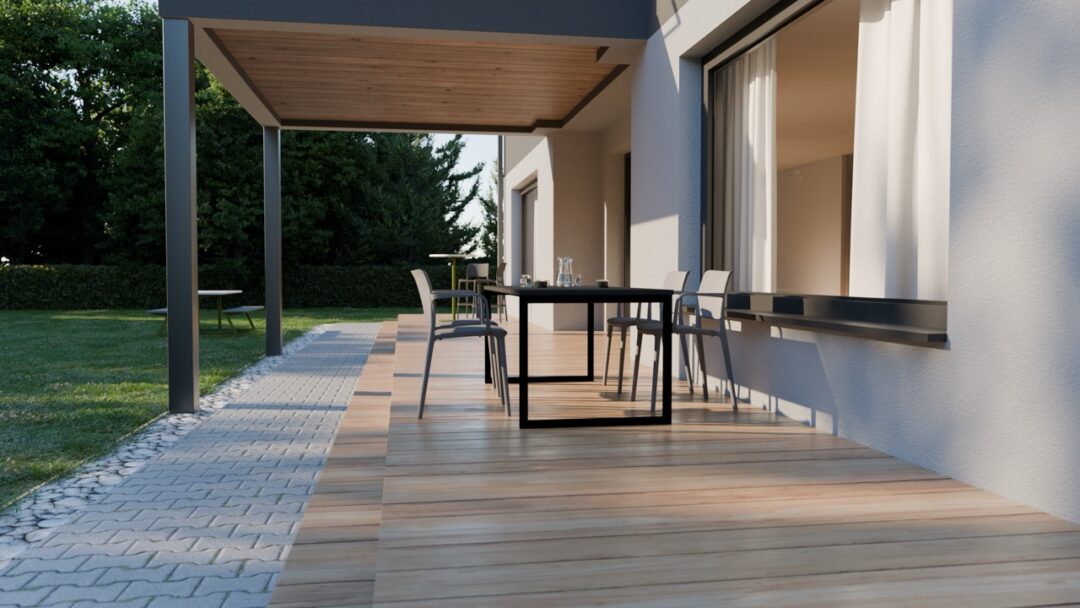In today’s dynamic work environment, the emphasis on employee wellbeing has never been more pronounced. Forward-thinking companies are continually exploring innovative strategies to enhance productivity and morale. One such approach gaining traction is the integration of outdoor workspaces into corporate settings. For workspace fit-out firms, commercial interior designers, and workplace consultants, this presents a compelling opportunity to redefine traditional office landscapes.
The Case for Outdoor Workspaces
The modern workforce is increasingly seeking environments that promote both mental and physical health. Introducing outdoor work areas can address this demand effectively. A study highlighted by *The Independent* revealed that productivity improved by 45% after employees spent just 29 minutes outside. Additionally, 63% of participants reported feeling better in themselves after spending time in fresh air.*
Furthermore, research conducted by the Centre for Sustainable Healthcare underscores the significance of green spaces in the workplace. Their “Space to Breathe” study found that 83-89% of NHS staff desired more time in green spaces, citing benefits such as relaxation, re-energisation, and overall mental and physical wellbeing. Notably, 44-52% indicated that attractive green spaces influenced their decisions on workplace selection, suggesting a potential impact on recruitment and retention.**
Design Considerations for Outdoor Workspaces
For professionals involved in workspace design and fit-out, creating functional and appealing outdoor work areas involves several key considerations:
1. Comfortable and Durable Furniture: Invest in high-quality, weather-resistant furniture that offers comfort for extended periods. Ergonomic seating and adjustable tables can cater to diverse work preferences.
2. Technology Integration: Ensure robust Wi-Fi connectivity and accessible power outlets to facilitate seamless work transitions between indoor and outdoor settings.
3. Sheltered Areas: Incorporate pergolas, canopies, or retractable awnings to provide protection against varying weather conditions, ensuring the space remains usable year-round.
4. Natural Elements: Enhance the ambience with greenery, water features, and natural landscaping to create a serene environment that promotes relaxation and focus.
5. Zoning: Designate specific areas for different activities, such as collaborative zones for team meetings and quiet zones for individual tasks, to accommodate various work styles.
Conclusion
Integrating outdoor workspaces is more than a design trend; it’s a strategic move towards fostering healthier, more productive work environments. For workspace fit-out firms, commercial interior designers, and workplace consultants, this approach offers a unique value proposition to clients aiming to enhance employee satisfaction and performance. By thoughtfully incorporating outdoor elements, businesses can create versatile spaces that meet the evolving needs of the modern workforce.
*([independent.co.uk](https://www.independent.co.uk/news/uk/home-news/productivity-work-time-office-outdoors-study-b513816.html))
**([nhsforest.org](https://nhsforest.org/projects/space-to-breathe-study-shows-value-of-nhs-green-space-for-staff-wellbeing/))

